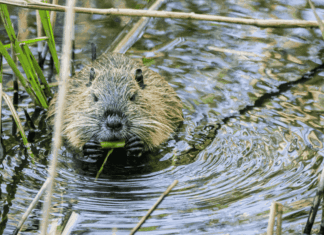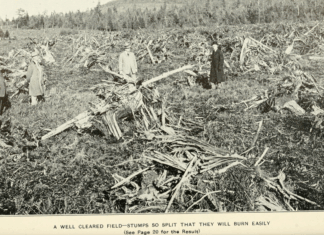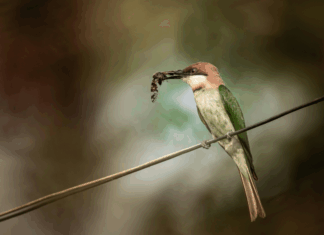Des cachalots adoptent un dauphin handicapé. Nature surprenante. Quel est l’équivalent d’humaniste chez les animaux ? Voir la publication de Mr Mondialisation
Voir la publication de Mr Mondialisation
I own the copyright to this video. Please do not copy any portion of this footage without my prior written consent.
Our video depicts a very rare interaction between sperm whales and an adult bottlenose dolphin with a spinal malformation (i.e. scoliosis). This represents the first time this type of non-agonistic (friendly) interaction has been recorded for sperm whales.
This interaction will be described as a note in the scientific journal « Aquatic Mammals » in an upcoming issue. NOTE: Special permission was granted to our research group to observe, film and swim with these whales by the Azorean government.
This is a summary of our note – in scientific jargon 😉
Mixed species groups are a well-known phenomenon in cetaceans, but difficulties associated with studying these interactions in marine habitats has limited the available amount of data and literature on this topic, particularly with regard to the functional bases of such interactions. While these associations can vary dramatically in duration (i.e. minutes to years), they are thought to convey a variety of benefits to the species involved including antipredator, foraging, or social benefits among others. Here we describe repeated non-agonistic interactions between a single bottlenose dolphin (Tursiops truncatus) with a vertebral column malformation (i.e. scoliosis) and a group or groups of sperm whales (Physeter macrocephalus) in Azorean waters. To our knowledge, this study represents the first observations of a non-agonistic mixed-species interaction involving P. macrocephalus. Based on our observations, we suggest social factors represent the most likely causal mechanism for the described interactions, although foraging and antipredator mechanisms are also considered.
Voir la vidéo de YouTube








